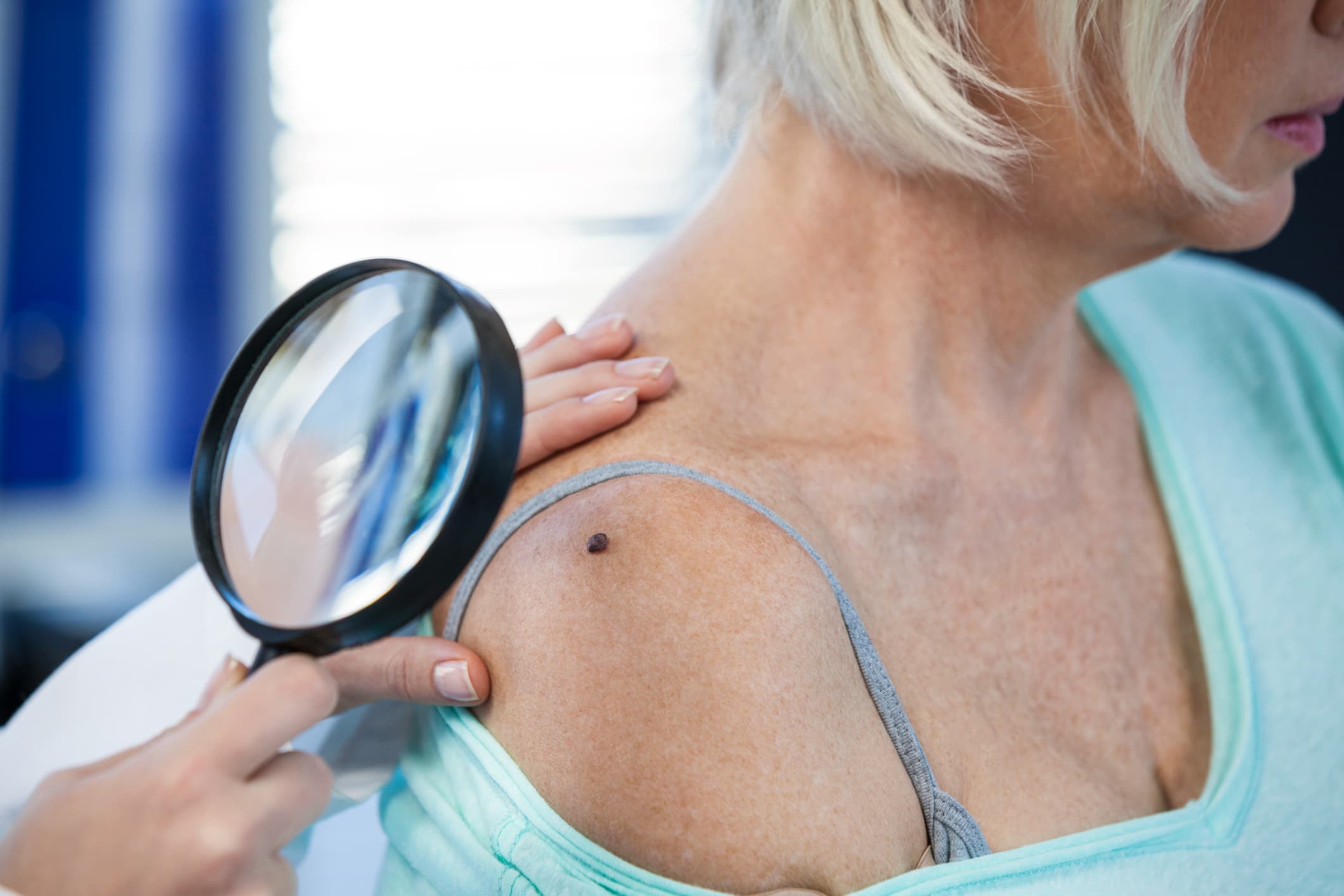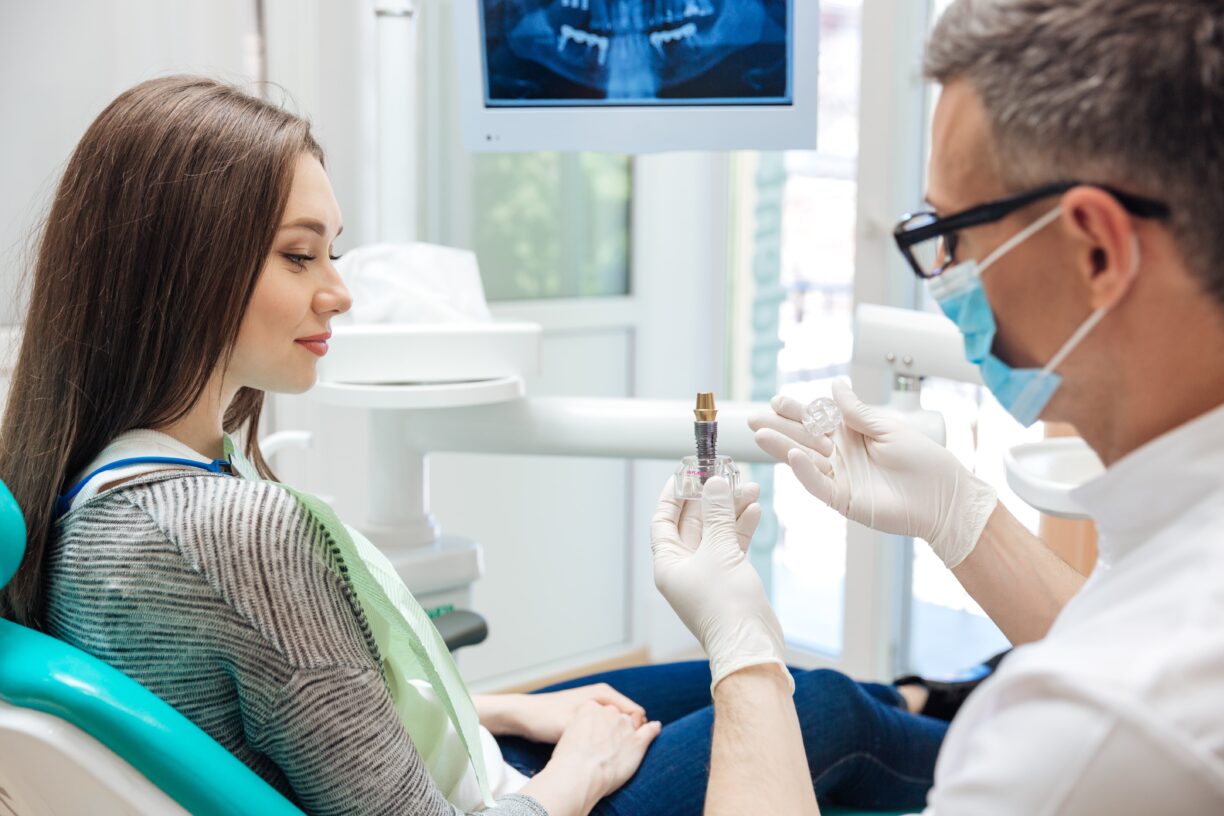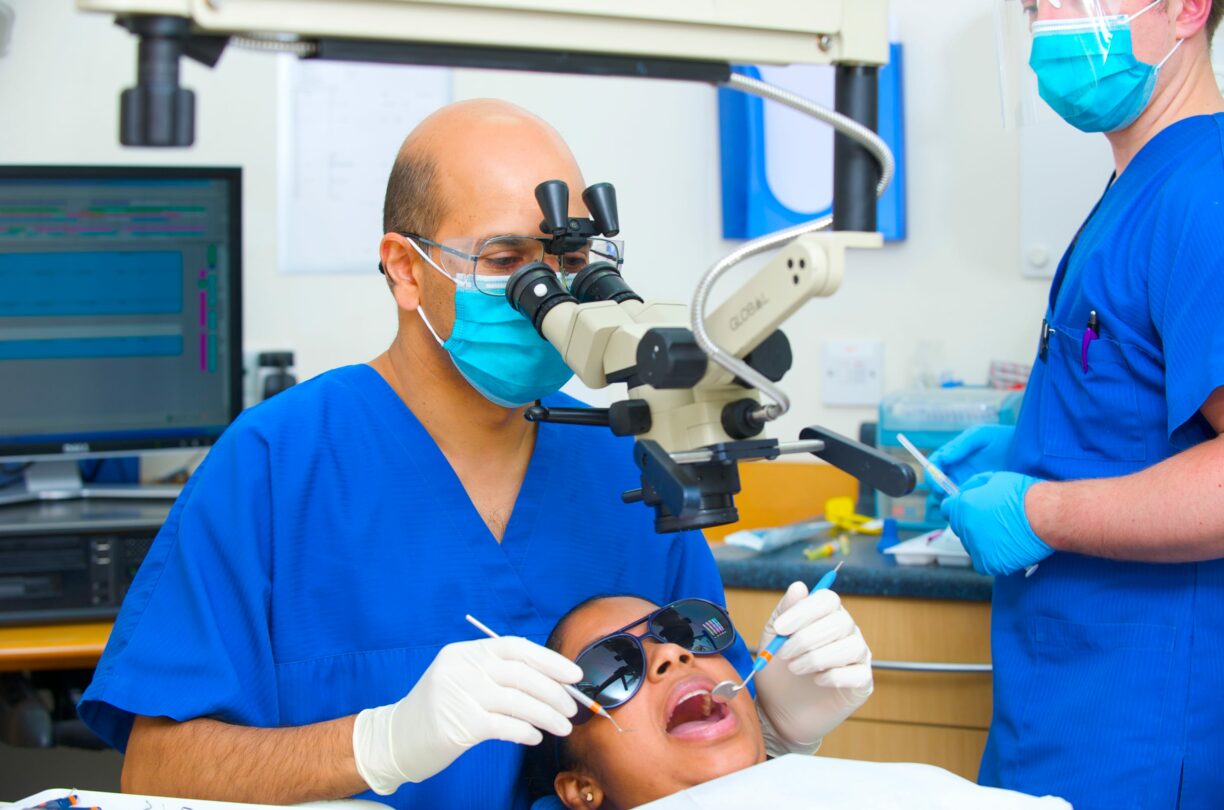Spring has already seen record-breaking temperatures – and, inevitably, the head-start on summer’s had people across the UK reaching for sunglasses, shorts and sun loungers. But spending hours in the baking sun does come with its risks, so this is a good time for a reminder about the importance of protecting your skin.
Skin cancer is the fifth most common cancer in the UK, according to Cancer Research UK. There are different types of skin cancer, and while some can seem easy to treat, others can spread and become life-threatening if not caught early enough – which is why it’s vital to keep on top of your sun-protection regime and look out for any tell-tale warning signs that might emerge.

“Not all skin cancers look alike – it’s important to know what the warning signs are and to check your skin every couple of months,” says Dr Stephanie Munn, dermatology clinical lead at Bupa UK. “Like most cancers, early detection is key in treating and stopping the spread of the cancer.”
Remember, while any one of these signs could have a number of innocent causes, it’s always worth checking with your GP, sooner rather than later, if you notice any changes to your moles or any new blemishes that you’re concerned about.
Here are seven potential skin cancer warning signs to keep in mind…
1. A new mole
Some people have more moles than others – but how familiar can you claim to be with each of yours? “It’s important to get to know any moles, freckles and marks on your skin, so you’ll recognise if there are any changes or abnormalities. In many cases, the change won’t be anything to worry about, but it’s a good idea to get any changes checked out by a doctor or medical professional,” says Dr Simon Latham, medical officer at Push Doctor.
There’s certainly no need to panic if you notice a new mole popping up on your skin – but keep an eye on it. It’s also a good idea to count all the existing moles you can find and give them a look-over every now and then, and remember to check awkward places like the soles of your feet and your back, using a body-length mirror.
2. A mole that’s changing size or colour
You know it’s important to check on your moles regularly, but what exactly should you be looking for? “In a normal mole, the border should be smooth,” says Dr Sarah Brewer, Healthspan medical director.
“If it is irregular, scalloped, or ragged then that may be a warning sign – usually, the ones that look a little ‘ugly’ are the ones to watch.
If you notice a mole getting darker, larger, or becoming raised, get it checked by your GP.” Look out to see if the surface becomes scaly or if it’s causing irritation as well, and compare it to other moles on your body to track any differences.
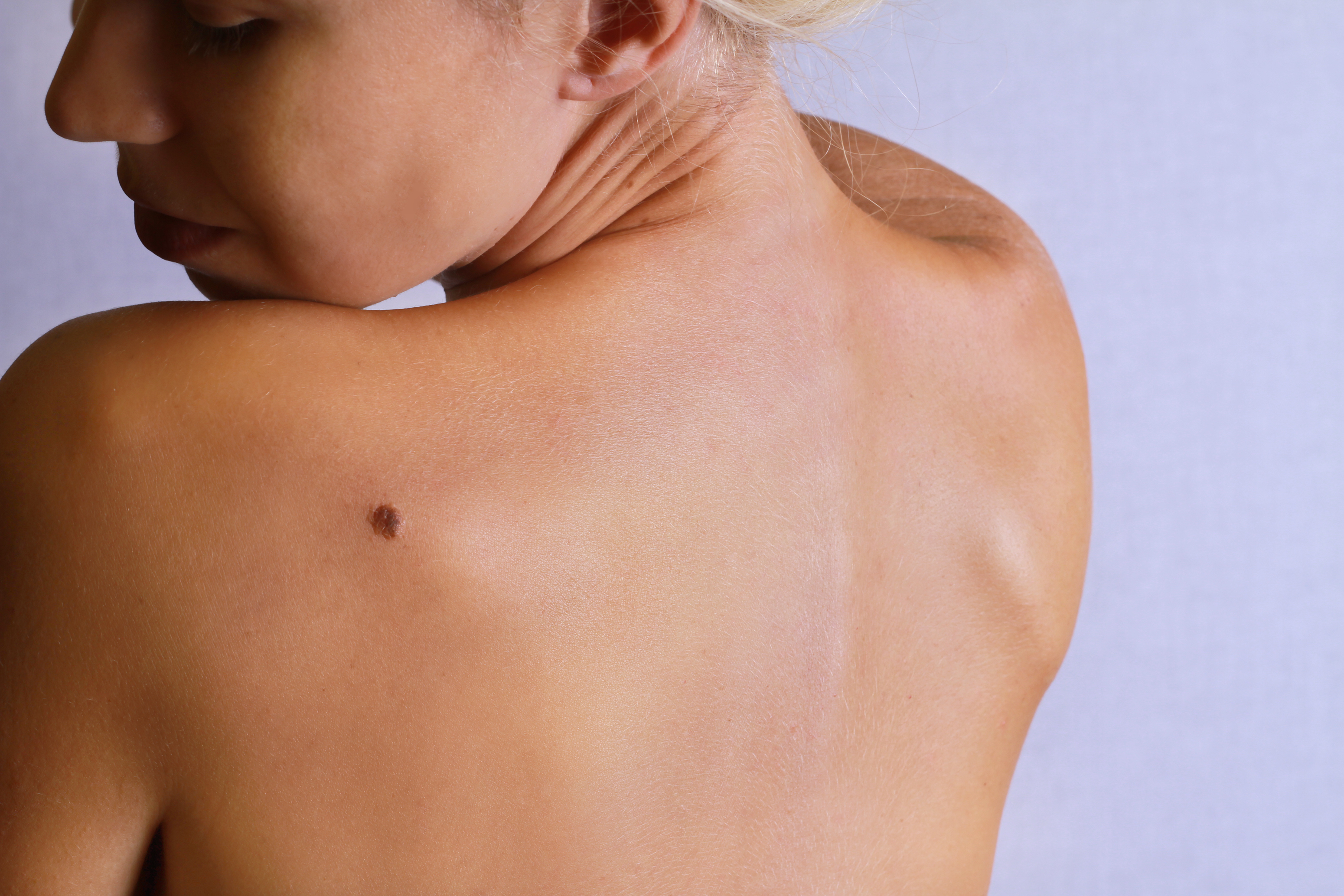
3. An itch that won’t go away
“If a mole starts to itch or change in other ways, it should always be brought to the attention of your doctor,” Dr Brewer says.
“This is sometimes a sign that the mole is changing and that, if it is left untreated, it may develop into a skin cancer.”
The same is true for any spot or blemish which is causing you trouble for an extended period of time – don’t spend months scratching the same part of your body before you get it checked out.
4. Lumps or ulcers
Skin cancer doesn’t just present itself in moles; lumps and ulcers can also be symptoms, so keep an eye on anything on your skin that doesn’t seem quite right.
Ulcers are often found around the eyes – these bleed easily and are usually pale in appearance. Red lumps can also be clues and these can be harder to find; they usually appear on hands, ears and the scalp and are more common in people who use medication that could suppress the immune system.
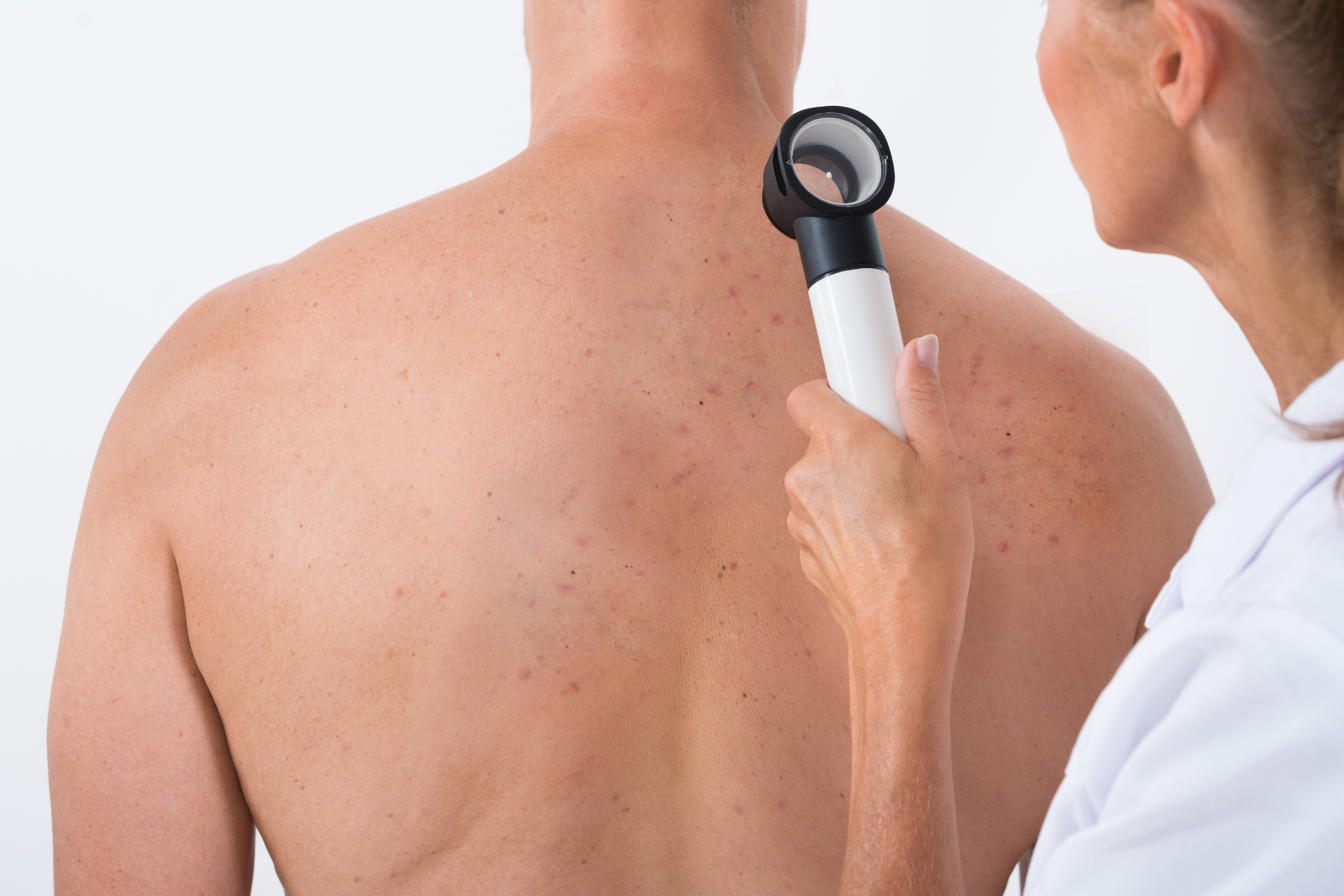
5. Black spots in awkward places
“Skin cancers can occur on the most intimate of places,” notes Dr Brewer, who advises us to check our privates and inside the mouth.
Dentists check for mouth cancer as well as tooth hygiene, so regular check-ups are a good idea.
“Bring any odd patches of discolouration inside the nose or around your genitals to your doctor’s attention – don’t let embarrassment put you off,” Brewer says.
6. A spot under the nail
It’s rare, but melanoma can develop under your finger and toe nails too – so keep an eye on any dark spots under the nail that linger for longer than a couple of weeks.
It’s a sign that Dr Brewer is always on the lookout for: “I recently took a man aside at a party and asked about the black spot under his thumb nail,” she says.
“Turns out, he’d hit himself on the nail with a hammer and the black bruise was slowly growing up and out with the nail, but you can never be too careful!”

7. Bumpy or shiny skin
Non-melanoma skin cancer is less serious than melanoma, but should still be checked to prevent it spreading across the body. Bumpy, red or shiny skin is a sign that you might have this strand, says Dr Munn.
“Keep an eye out for any lumps with scaling or crusting skin on top, or if an area of skin is raised and isn’t healing normally.
There could be other causes of bumpy skin, like eczema or an allergic reaction, so talk to your doctor who can diagnose and treat the problem.”
It’s important to get to know your skin and take note of any irregularities, but there’s plenty you can do to reduce your risk of developing skin cancer.
“Make sure that you cover up – wear a hat, sunglasses and long sleeves and apply sunscreen to any area that’s directly exposed to the sun,” Dr Latham stresses.
Experts recommend using sunscreen with an SPF factor of at least 30, and re-applying it every two or three hours (and more frequently if you’re in and out of water).
Once you’ve slipped on a hat and slopped on some cream though, there’s nothing to stop you making the most of the glorious weather.

